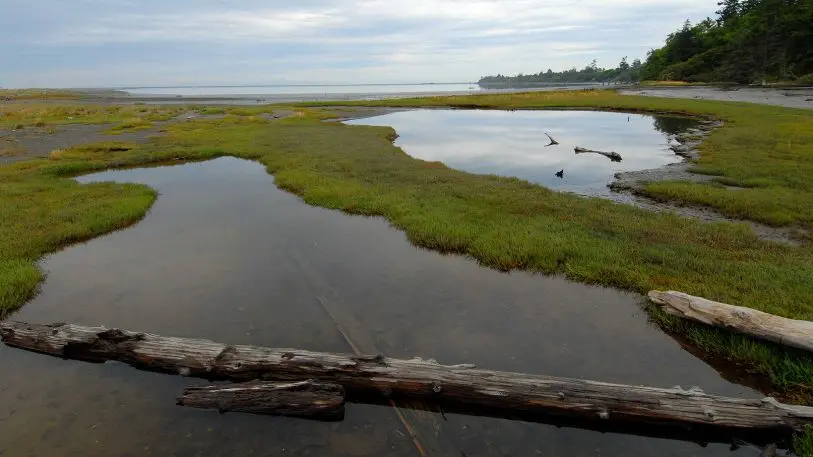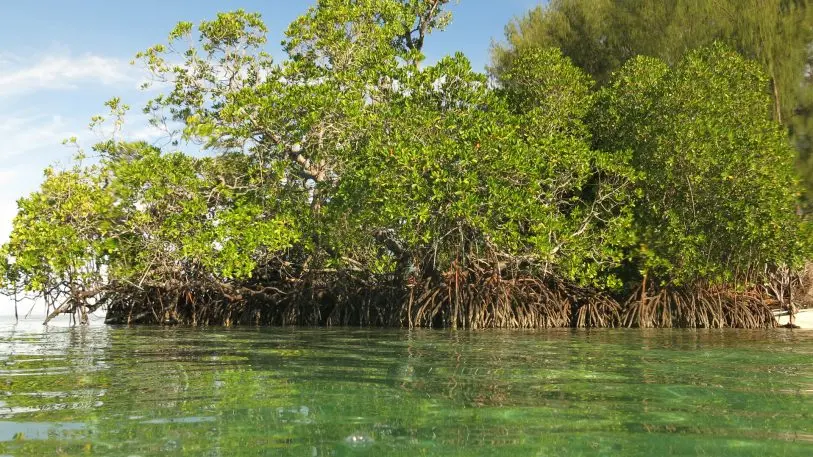Fossil fuels get the most attention in the fight to reduce carbon emissions, but preserving nature is also critical. Even if we drastically cut our emissions, it won’t do much good if we release the carbon that’s stored in living plants and soil. How much carbon is that? A new study found that there are more than 260 billion tons of carbon in “living carbon reserves,” including mangrove forests and peatlands, that are at risk of being lost. If it’s released now, planting trees won’t recapture it quickly enough for the world to reach the target of zero net emissions by 2050.


The scientists focused on ecosystems where humans are directly causing losses in carbon by destroying nature. (The Arctic, where the permafrost is beginning to melt and release carbon as temperatures warm, wasn’t on the list.) Then they looked at the magnitude of the carbon that could be lost from the soil and biomass in each ecosystem if the land was converted for human uses, and how quickly that carbon could be recovered.
Out of 14 major ecosystems, tropical peatlands hold the most “irrecoverable carbon,” at 450 metric tons of carbon per hectare. Mangrove forests hold 335 tons of carbon per hectare, followed by boreal and temperature peatlands at 135 tons per hectare, and old-growth forests at nearly 100 tons per hectare.

“I think peatlands have been underrecognized in conservation and climate,” Goldstein says. “They’re like waterlogged bogs, essentially, so they’re not always the most charismatic of ecosystems. But they contain an incredible amount of carbon that if lost, we really couldn’t recover in time. . . . Peatlands can build up carbon over thousands of years.”
Tropical peatlands are at risk in part because they’re being drained for palm plantations. For companies that source from areas with any of the types of ecosystems identified in the study, it makes sense to enforce a policy that ensures they only source from existing plantations, not new ones that destroy more land, she says. The researchers are working on a follow-up study that will map out exactly which areas should have the highest priority, so both governments and companies can take action. “If you’re sourcing from an area that contains really high volumes of irrecoverable carbon, that’s an important risk to know about in your supply chain,” she says. For companies that fund the preservation of nature—such as Apple, which has worked with the nonprofit to protect mangrove forests—the map will also help identify which projects most need support.
Recognize your brand’s excellence by applying to this year’s Brands That Matter Awards before the early-rate deadline, May 3.
